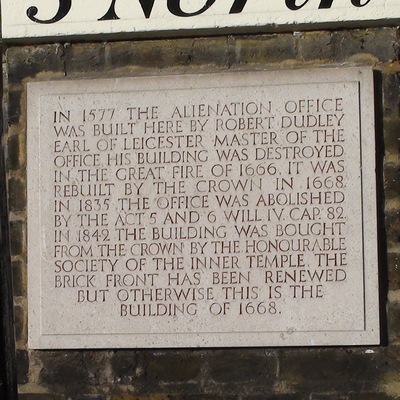Started on a Sunday morning. After 4 days the destruction included:
- an area of one and a half miles by a half mile
- 87 churches
- 13,200 houses
- only 6 people are recorded as having died (but see Londonist)
- the Great Plague of 1665 was also brought to an end by the fire, possibly.
The fire started in the house and shop of the baker Thomas Farynor in Pudding Lane. The site is now marked by the Monument. But at the time many suspected a Papist plot and Robert Hubert obligingly claimed to have started the fire. He was a Frenchman who was not even in the country at the time but that did not save him from the scaffold.
At the time of the fire England was at war with the French and the Dutch and, during the fire, some people thought it was the French invading, others attacked a Dutch baker blaming him. Rumours about the cause rumbled on for years. Thomas Farriner (spellings differ) swore it was not his fault. Was it God's punishment? Was it the Catholics? A great resource for this topic is The Great Fire of London.
2016: a Telegraph article reports on an article in 'Country Life'. The exact location of the start of the fire has now been identified: "Those plans, combined with measuring 202 feet from the Monument itself, show that the oven was located on what is now the cobbled surface of Monument Street, 60 feet east of Pudding Lane."
The rebuilding of London used stone from the west, Oxfordshire/Berkshire, brought by river. Once unloaded the barges were filled with rubble which was taken back up river and dumped on the various islands in the river, including Monkey Island, raising the level of the ground and providing solid foundations for buildings.
In 2016, to mark the 350th anniversary, the artist David Best was commissioned to create a model of London and set it on fire.
Most of the memorials to the Great Fire refer to buildings that were lost; we have found only one that celebrates a building that survived. But quite a few survived - Spitalfields Life displays some lovely drawings of many buildings that survived until at least c.1800.
London has had other very big fires: Tooley Street and see Londonist for others. And Londonist drew our attention to this great article in The Guardian listing the buildings lost. And the buildings that survived? Londonist again.
September 2023: Londonist reported on new research which names Thomas Dagger (Farriner's employee) as the first person to raise the alarm.
2024: Historical researchers now believe the site of the start of the fire to be in Monument Street, amongst the parked vehicles on the south side of the street to the east of the Monument. And we learnt that wattle and daub, if well maintained is extremely resistant to fire, but very flammable if poorly maintained, as one might expect in many of the properties in the City at this time.















Comments are provided by Facebook, please ensure you are signed in here to see them